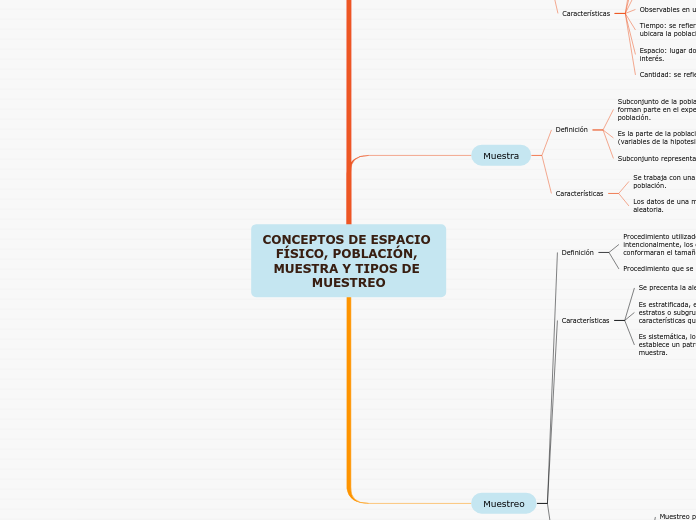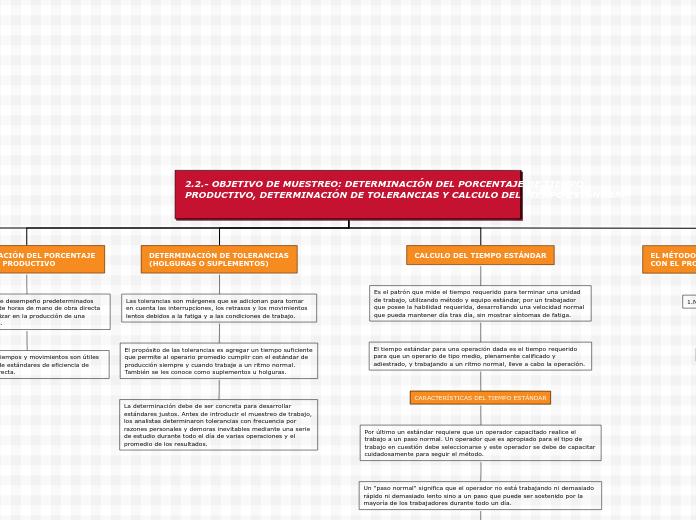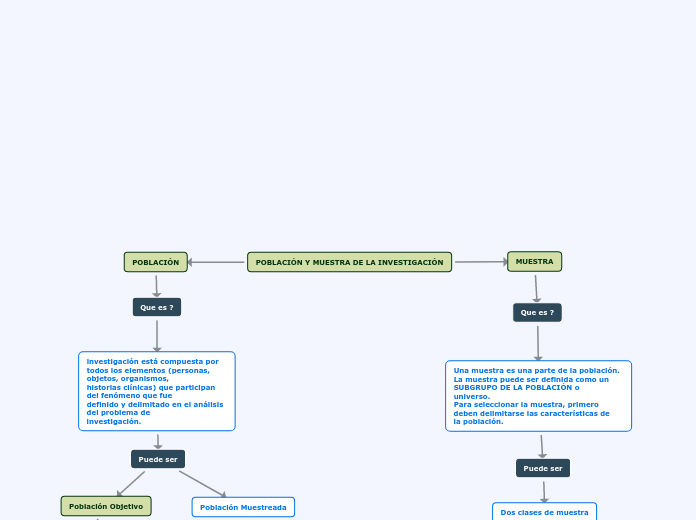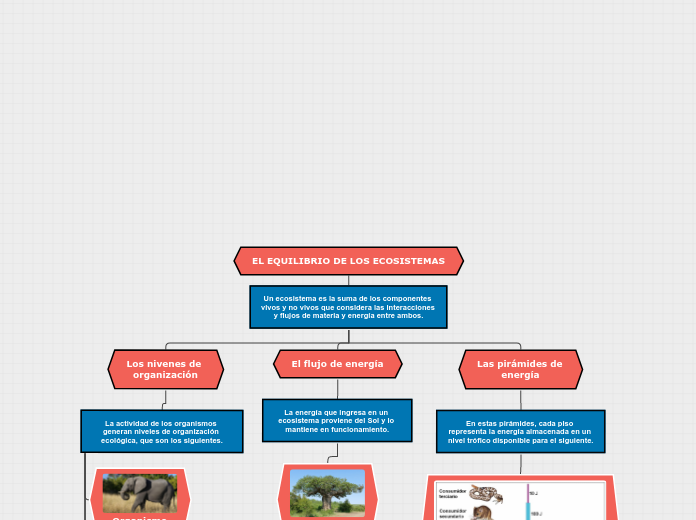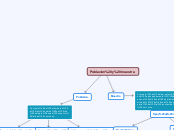CONCEPTOS DE ESPACIO FÍSICO, POBLACIÓN, MUESTRA Y TIPOS DE MUESTREO
To name your story, you have to think about the overall message and what you want your audience to understand from the story. Also, make it relevant and easy to remember.
Muestreo
Tipo de muestreo
son los distintos procesos para la selección o elegir la muestra.
Muestreo no probabilísticos
El investigador elige por propósito al gusto su muestra.
Muestreo propositivo
No participa toda la población sino solo una fracción o los llamados los casos típicos o clave.
Muestreo intencional o selectivo
Es una técnica que se basa en la opinion del investigador para constituir una muestra de sujetos en función de su carácter típico, este permite estudiar fenómenos raros o inusitados.
Muestreo por cuotas
Consiste en formar estratos de la población sobre la base de ciertas características y en procurar que estén representados en proporciones semejantes a las que existen en la población.
Muestreo probabilistico
La muestra es seleccionada al azar (todos pueden ser muestra o todos no pueden ser muestra)
Por racimos
Es una técnica que divide la población principal en varias secciones y el análisis se lleva a cabo en una muestra que consta de múltiples parámetros, como datos demográficos, hábitos, antecedentes o cualquier otro atributo de la población que pueda ser el foco de la investigación realizada.
Por conglomerados
Este se utiliza cuando no es posible obtener una lista de todos los elementos de la población, estos son homogéneos entre si, pero internamente tienen un grado de heterogeneidad en sus componentes.
Aleatorio estratificado
Se divide a la población en grupos homogéneos denominados estratos, la muestra se escoge aleatoriamente en numero proporcional al de los componentes de cada clase o estrato.
Aleatorio sistematico
Definicion
se hace una selección aleatoria del primer elemento para la muestra, y luego se seleccionan los elementos posteriores utilizando intervalos fijos o sistemáticos hasta alcanzar el tamaño de la muestra deseado.
Donde los elementos se seleccionan en un intervalo uniforme que se divide de acuerdo al tiempo orden y espacio.
aleatorio simple
definicion
Es un procedimiento de muestreo probabilístico que da a cada elemento de la población objetivo y a cada posible muestra de un tamaño determinado, la misma probabilidad de ser seleccionado.
El cual se utiliza cuando se conocen todos los elementos que conforman la población, y la selección de los miembros que constituira la muestra que debe ser al azar.
Es sistemática, lo que quiere decir es que se establece un patrón o criterio al seleccionar la muestra.
Es estratificada, esta consiste en la subdivisión en estratos o subgrupos según las variables o características que se pretenden investigar.
Se precenta la aletoria.
Procedimiento que se utiliza para elegir la muestra.
Procedimiento utilizado para elegir, aleatoria o intencionalmente, los elementos de la población que conformaran el tamaño de la muestra.
Muestra
The ending of a story is essential. We all know that if the ending is weak, what happened before loses its importance. So make it unpredictable, but fair. A resolved ending answers all the questions and ties up any loose threads from the plot.
This is the closure section of the story.
See examples of possible outcomes below:
- all problems have been solved
- it's clear how each one of your characters ends up
- your main character is transformed by the challenge
Los datos de una muestra estadística debe ser aleatoria.
Se trabaja con una cantidad de datos inferior a la población.
Try answering these questions to come up with a closure:
- Have all the problems been solved?
- Is there a clear picture of what happens with each character in the story?
- Has the challenge transformed your main character?
- How do the characters feel in the end?
This is the moment when the main character surpasses the last obstacle and finally faces their greatest challenge.
The climax usually follows one of these patterns:
- realization
- resolution
- choice
Type in your answer.
Subconjunto representativo de una población
Es la parte de la poblacion que cuenta con las caracteristicas (variables de la hipotesis) que estoy investigando.
Subconjunto de la población. Son aquellos sujetos que forman parte en el experimento, representando a la población.
Población
The middle of the story is where you add layers of complications that will lead to the end. Reveal more about the character's journey. Did their personality go through changes? How did they overcome the challenges? And as you build up the story’s central conflict, make it more personal to that character. Also, from the middle act, you have to lead into the final act.
Your character(s) need(s) motivation in order to solve the challenge(s).
Cantidad: se refiere al tamaño de la poblacion.
Espacio: lugar donde se ubica la población de interés.
Tiempo: se refiere al periodo de tiempo donde se ubicara la población.
Observables en un lugar y momento determinado.
Suele emplearse el simbolo "N".
Es definida por la hipótesis o delimitación del problema.
Secondary characters also might have motivs beacuse of which they may cross path with main character or which might trigger them to help the main character.
Poseen características idóneas.
Secondary characters might also have motives that lead them to cross paths with the main character or which might trigger them to help the main character.
Each story has a main character and that character usually needs to solve a problem or challenge. The character's challenge is the one that creates tension throughout the story.
Conjunto de individuos o elementos que cumplen ciertas propiedades comunes.
Total de personas, viviendas, instituciones, objetos, animales, etc., que cuenten con las características que estoy investigando.
Total de sujetos inmersos en el problema a investigar o a quienes les afecta.
Type in any other challenges which other characters in the story need to face.
Espacio físico
In the beginning of the story (or the exposition), you will need to introduce the setting and characters. You might also want to introduce the main conflict. This part of the story is important because it gives the reader necessary background information and maybe even a first insight into a character’s personality.
Características
The setting (time & place) of a story can change throughout the plot.
determinan la región o área geográfica para ubicar la investigación.
The weather is an important element in your story because it can highly influence the ambiance and the mood of the characters.
Conocen y exponen claramente los limites y colindancias de que se tienen en el tema a investigar.
The time of the story can also change. It can describe the event of a single day or can include an entire year's plot. Anyway, don't forget to mention it.
Expresan direcciones relativas.
Your story can take place wherever your imagination will take you to.
For example: in an elevator, in an enchanted forest, etc. Don't forget to give details of the environment each time the setting changes, otherwise, the story can be confusing. Also, mention the seasons as each of them has unique weather and events.
Definición
Characters are essential to a good story. Usually, the protagonist(s) is/are the most affected by the plot. Introduce a character by focusing on their actions, interests, and occupation, as the physical appearance doesn't make a difference in most cases.
Es el lugar donde se ubican los objetos físicos y donde tienen un lugar, en este lugar suceden los acontecimientos del espacio a investigar.
Type in the name of your character.
